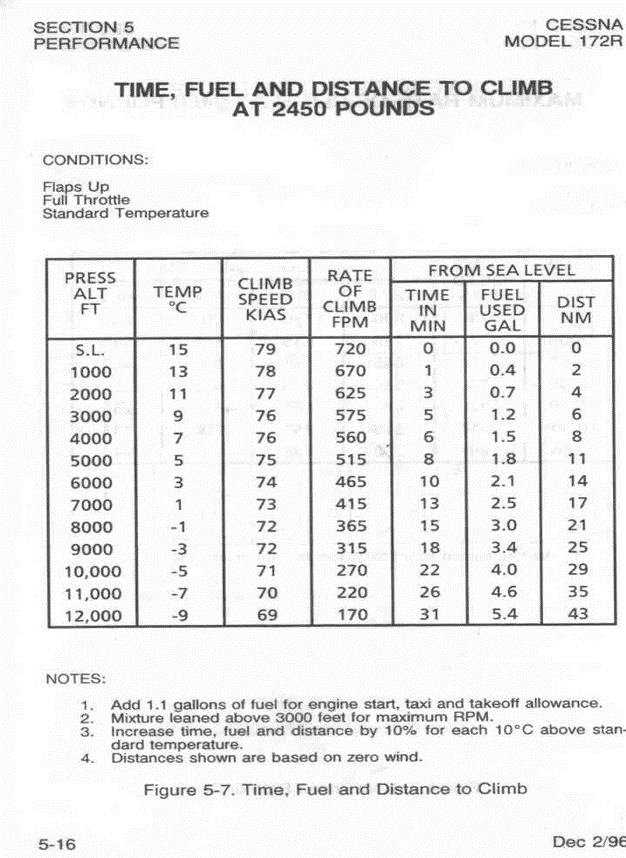Ben2k9
Pre-takeoff checklist
- Joined
- Jan 21, 2018
- Messages
- 209
- Display Name
Display name:
Ben2k9
Ok I have my plane climbing at about 520fpm with Vy @ 78kias. I’m trying to figure out distance travelled to get to cruising altitude and I’m not sure if the way I’m doing it is correct. So I’m just taking the 520fpm rate and multiplying that times the altitude climb, and coming up with a time, and then multiplying time x speed to get distance (forget about wind for now). So for 6000 feet of climbing that’s 11.5 minutes, and 11.5 minutes x 78kts is 15nm.
This is simple enough, but wouldn’t the airspeed be happening at a diagonal angle, therefore not covering the full 15nm? Am I overthinking this and doing it right or is there a more precise formula one would use to calculate this?
This is simple enough, but wouldn’t the airspeed be happening at a diagonal angle, therefore not covering the full 15nm? Am I overthinking this and doing it right or is there a more precise formula one would use to calculate this?


